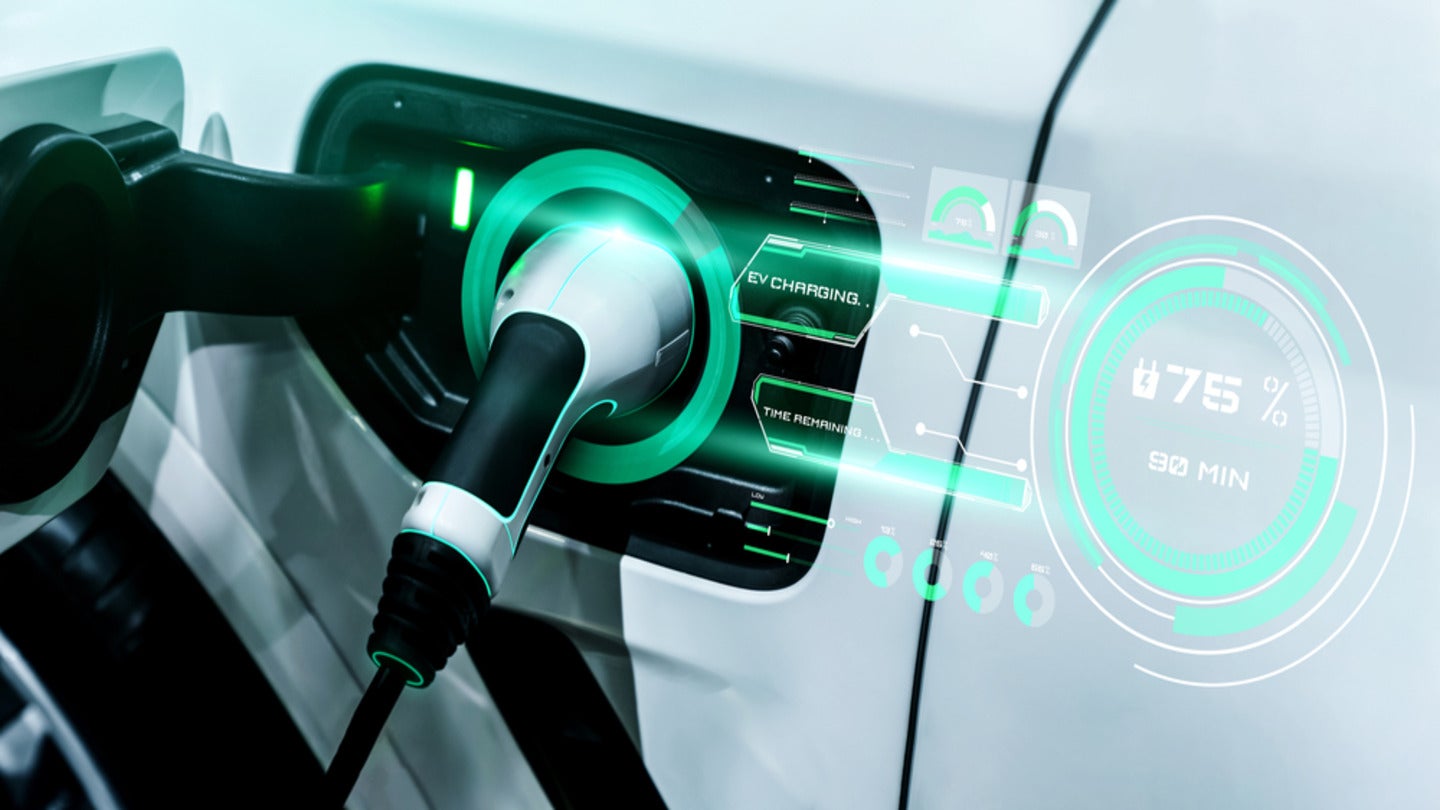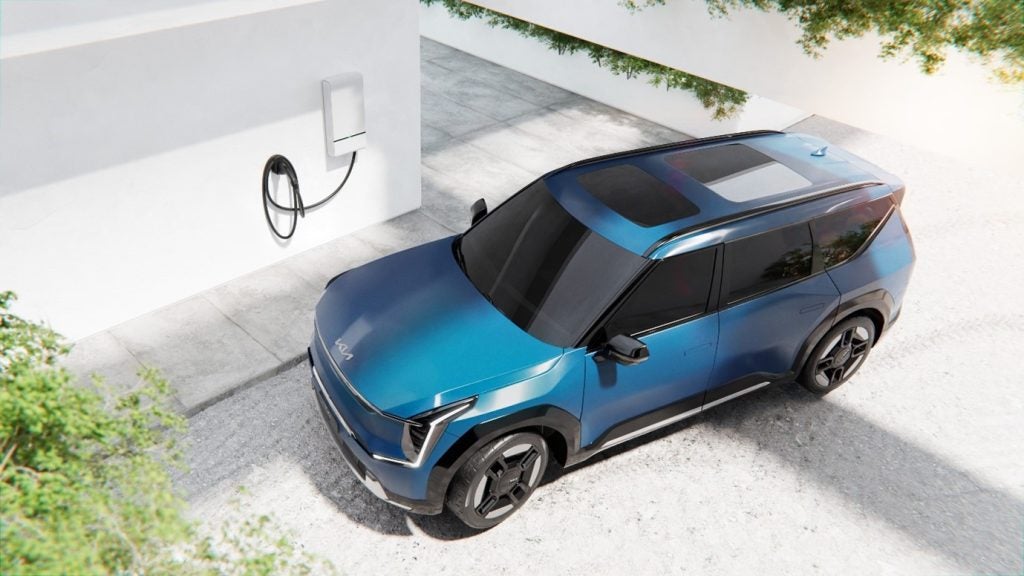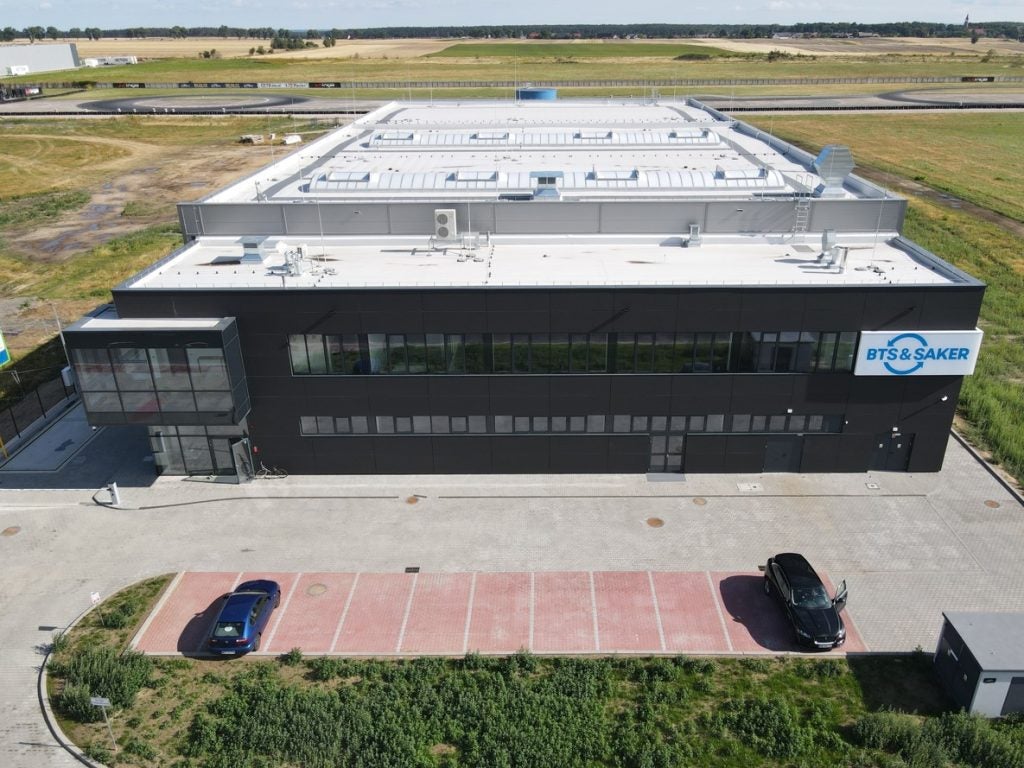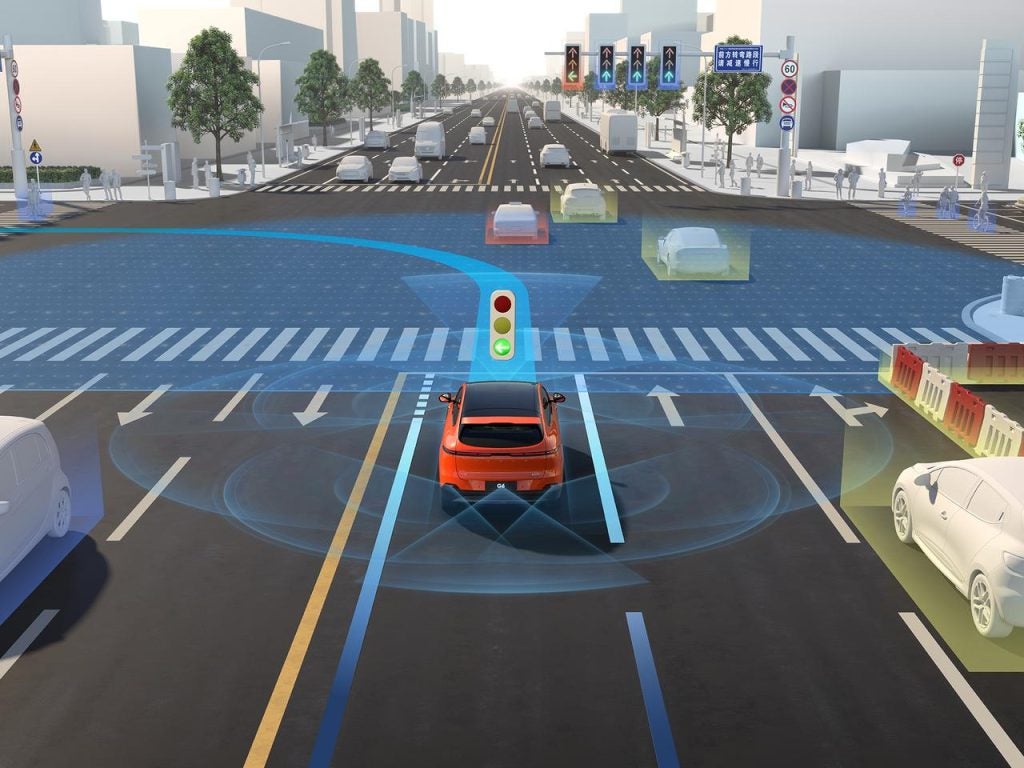
Applications for bidirectional charging patents have been steadily increasing over the past five years, growing from 13,996 granted patents in 2018 to 21,005 in 2022, GlobalData research shows. There are forecast to be some 23,387 patents granted in 2023.
Bidirectional charging has been proposed as a possible solution to battery electric vehicle (BEV) infrastructure insufficiencies as well as overburdened electricity grids and is already offered by some companies, including Ford’s Lightning ProPower, the Hyundai Ioniq 5, the Kia EV6, and the Nissan Leaf. A glaring exception is Tesla, whose Senior Vice-President Drew Baglino has intimated that the automaker could add bidirectional charging to its vehicles by 2025.
Tesla’s reluctance to adopt the technology may be attributable to its Powerwall home storage business, upon which the widespread adoption of bidirectional charging would encroach.
The legislative landscape, however, is changing.
In May 2023, the California Senate passed a bill requiring all BEVs to have vehicle-to-grid (V2G) bidirectional capability from 2030. The landmark move promises to save billions of dollars for California ratepayers by offsetting some of the costs associated with infrastructure buildouts ($75bn in investments, according to the utility company Southern California Edison (SCE). Commercially, the mandate would also drive national adoption of the technology, because vehicles sold in California would also be sold in other states.
The SCE estimates that access to just 5-10% of California’s EV fleet’s battery capacity could deliver 6 GW capacity.
More generally, bidirectional capabilities would increase the ubiquity of charging, alleviating range anxiety, especially for apartment dwellers without access to home charging.
Our signals coverage is powered by GlobalData’s Disruptor data, which tracks all major deals, patents, company filings, hiring patterns and social media buzz across our sectors. These signals help us to uncover key innovation areas in the sector and the themes that drive them. They tell us about the topics on the minds of business leaders and investors and indicate where leading companies are focusing their investment, deal-making and R&D efforts.






